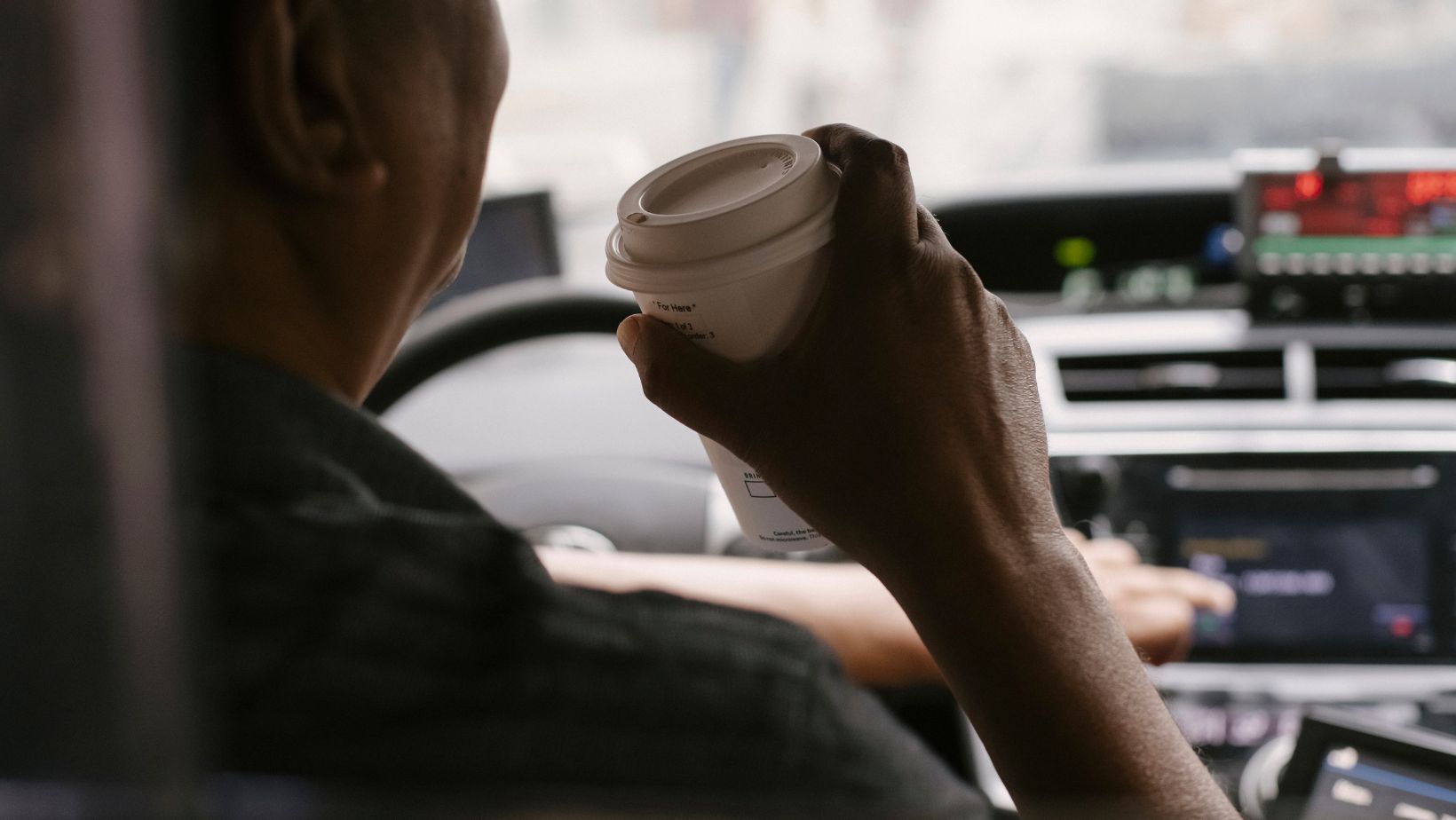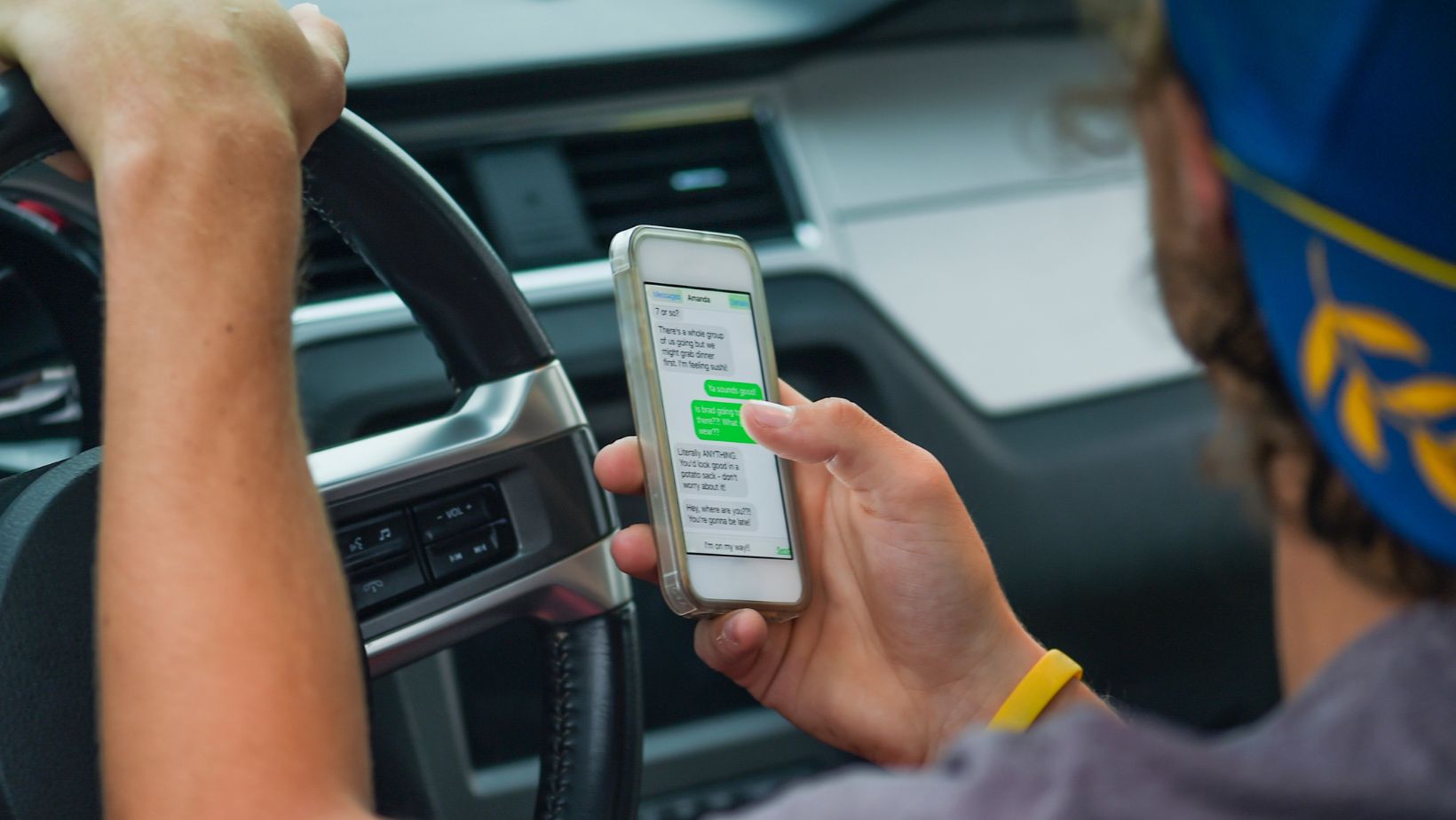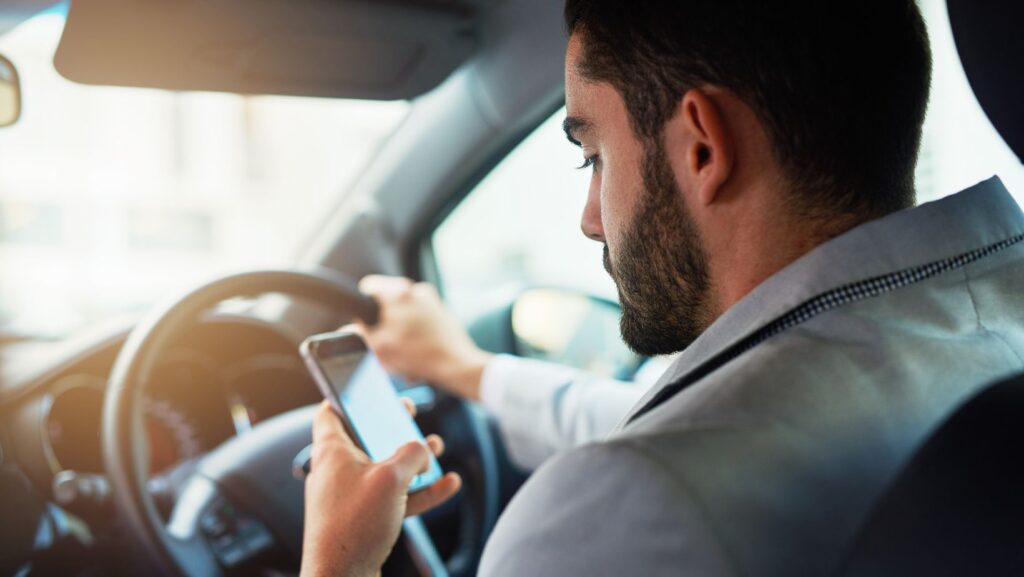It’s a modern-day scenario that plays out far too often: a pedestrian steps into the crosswalk with eyes fixed on a phone, while a driver approaches the intersection adjusting navigation or skipping a song. In an instant, two distracted worlds collide—sometimes literally. The result can be devastating, raising a difficult question: who bears the blame?
As cities grow more congested and devices compete for our attention, the line between driver and pedestrian fault has become increasingly blurred. Both have legal responsibilities. Both can be negligent. When accidents happen, determining liability isn’t just about where someone was walking or driving—it’s about what they were doing and whether they were doing it with reasonable care.
The Rise of Dual Distraction in Urban Life
Distraction is no longer just a driving problem—it’s a walking hazard too. Smartphones, earbuds, smartwatches, and wearable tech have become extensions of our daily routines. They provide convenience, but they also remove people from their surroundings. Drivers face dashboard distractions. Pedestrians face digital ones in the palm of their hand.
The result is a new kind of street-level danger. Pedestrians may fail to look both ways or misread traffic signals. Drivers may glance away just long enough to miss someone crossing. This layered inattention creates a high-risk environment where neither party is fully tuned in.
Drivers Hold Greater Legal Responsibility—But It Isn’t Absolute
While pedestrians can contribute to accidents, drivers are expected to exercise a higher level of caution. The law places a greater duty of care on those behind the wheel. A car is a powerful machine with the potential to cause serious injury, which is why drivers are held to strict standards of attentiveness.
Even if a pedestrian was distracted or crossing improperly, a distracted driver may still be found liable if they had the opportunity to avoid the crash but failed to do so. Courts tend to emphasize the driver’s obligation to yield and maintain awareness in areas where pedestrians are present, particularly school zones, crosswalks, and neighborhoods.
Pedestrians Also Owe a Duty to Stay Alert
Pedestrians aren’t immune to accountability. They are expected to follow crosswalk signals, avoid entering the road suddenly, and stay aware of approaching vehicles. Walking into traffic while texting or stepping off a curb with headphones blasting music can weaken a claim of innocence.
If a pedestrian’s behavior demonstrates clear distraction, they may be assigned partial fault. In such cases, comparative negligence rules apply. This means any damages awarded could be reduced based on the pedestrian’s share of responsibility. An experienced Fresno pedestrian accident lawyer can help evaluate the circumstances and build a case that considers all sides of the event.
Comparative Fault: When Both Sides Contribute to the Crash
California uses a comparative negligence system, which allows fault to be shared between multiple parties. If a pedestrian is 30% at fault and the driver is 70% at fault, compensation will reflect that breakdown. This system ensures that even partially at-fault individuals can still seek damages.
This approach requires a close look at the actions of everyone involved. Was the pedestrian crossing against the light? Was the driver using a phone or speeding? These details matter. Eyewitness accounts, video footage, and phone records often play a critical role in determining how blame is distributed.
Evidence Makes or Breaks These Cases
Distracted driving and walking are often hard to prove without strong evidence. That’s why collecting details after an accident is so crucial. Surveillance footage from traffic cameras or businesses, phone records, timestamps from rideshare apps, and even text message history can all help reveal who was distracted—and how that contributed to the collision.

Witnesses who saw the pedestrian’s behavior or the driver’s actions just before the crash can also offer essential insight. Without this supporting information, it becomes a matter of one person’s word against another’s, making resolution more difficult and less favorable for victims.
High-Risk Locations Amplify the Danger
Certain environments demand more from both drivers and pedestrians. School zones, downtown crosswalks, festival streets, and parking lots often have heavier foot traffic and tighter maneuvering space. Distractions in these settings can be especially dangerous due to close proximity and rapid movement from multiple directions.
When an accident occurs in one of these areas, investigators will look not only at behavior but also at how well the area was marked and maintained. Poor lighting, missing signage, or malfunctioning signals can factor into fault as well, especially when distraction is already part of the equation.
Technology as Both a Culprit and a Solution
Phones and touchscreens are frequently to blame in distraction-related accidents, but ironically, technology can also be part of the solution. Many vehicles now include pedestrian detection systems, forward-collision warnings, and automatic emergency braking. Smartphones have apps designed to alert distracted walkers as they approach intersections.
While helpful, these tools can’t replace common sense. Relying on tech while ignoring surroundings creates a false sense of security. Safety starts with awareness—something no app or system can fully automate.
Seeking Justice in a Distracted World
Whether walking or driving, distraction causes harm. Victims of these accidents deserve more than apologies—they deserve answers. Accountability doesn’t just lead to financial recovery. It raises awareness. It pressures drivers and pedestrians alike to be more mindful.

Legal action can uncover the truth behind an accident and hold the negligent party accountable. Whether the fault lies behind the wheel or on the sidewalk, the goal is the same: a fair resolution and a safer community for everyone sharing the road.



